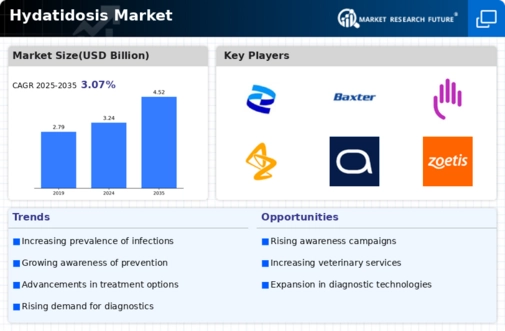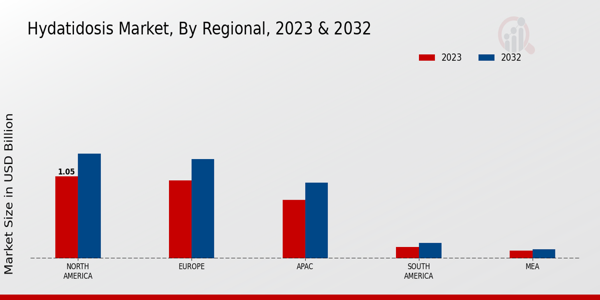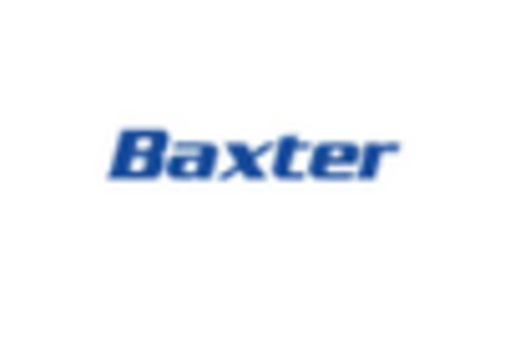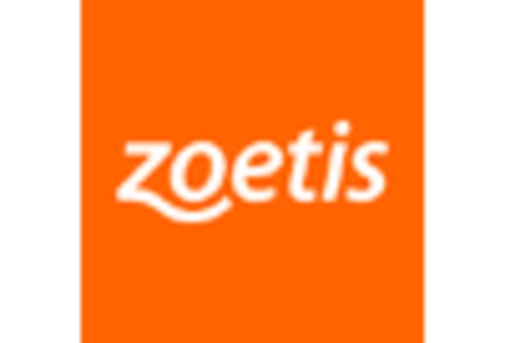Market Growth Projections
The Global Hydatidosis Market Industry is projected to experience substantial growth over the coming years. With an estimated market value of 3.24 USD Billion in 2024, it is anticipated to reach 4.52 USD Billion by 2035. This growth trajectory suggests a compound annual growth rate (CAGR) of 3.08% from 2025 to 2035. Factors contributing to this growth include rising awareness about the disease, advancements in diagnostic and treatment options, and increased government support. As the industry evolves, it is crucial to monitor these trends to understand the future landscape of the hydatidosis market.
Growing Awareness and Education
Increased awareness and educational initiatives regarding hydatidosis are driving the Global Hydatidosis Market Industry forward. Public health campaigns aimed at educating communities about the transmission and prevention of hydatidosis have proven effective in reducing infection rates. For instance, initiatives in rural areas of developing countries have highlighted the importance of proper hygiene and livestock management. This heightened awareness is likely to result in a greater demand for diagnostic tools and treatment options, thereby supporting market growth. The industry is projected to reach 4.52 USD Billion by 2035, reflecting the impact of these educational efforts.
Rising Incidence of Hydatidosis
The Global Hydatidosis Market Industry is witnessing a notable increase in the incidence of hydatidosis, particularly in regions with high livestock populations. This parasitic disease, caused by the Echinococcus granulosus tapeworm, poses significant health risks to humans and animals alike. According to the World Health Organization, the prevalence of hydatidosis is particularly pronounced in areas such as South America, the Mediterranean, and parts of Africa. As awareness of the disease grows, the demand for effective treatment and prevention strategies is expected to rise, contributing to the market's projected value of 3.24 USD Billion in 2024.
Advancements in Diagnostic Techniques
The Global Hydatidosis Market Industry is benefiting from advancements in diagnostic techniques that enhance the detection and management of hydatidosis. Innovations such as serological tests and imaging technologies have improved the accuracy of diagnosis, allowing for earlier intervention and treatment. Enhanced diagnostic capabilities are crucial in regions where the disease is endemic, as they facilitate timely medical responses. As the healthcare sector continues to invest in these technologies, the market is expected to grow at a CAGR of 3.08% from 2025 to 2035, indicating a positive trajectory for the industry.
Government Initiatives and Regulations
Government initiatives and regulations play a pivotal role in shaping the Global Hydatidosis Market Industry. Various countries are implementing policies aimed at controlling and preventing hydatidosis, which include surveillance programs, vaccination campaigns, and public health education. These initiatives are designed to mitigate the impact of the disease on both human and animal populations. As governments allocate resources towards combating hydatidosis, the market is likely to benefit from increased funding and support for research and development. This proactive approach is essential for fostering a conducive environment for market growth.
Increased Veterinary Care and Livestock Management
The Global Hydatidosis Market Industry is influenced by the growing emphasis on veterinary care and livestock management practices. As farmers and livestock owners become more aware of the risks associated with hydatidosis, there is a shift towards implementing better management practices to prevent the disease. This includes regular veterinary check-ups, vaccination programs, and improved sanitation measures. The focus on animal health not only protects livestock but also reduces the risk of transmission to humans. Consequently, this trend is expected to contribute to the market's growth, aligning with the projected increase in market value.




















